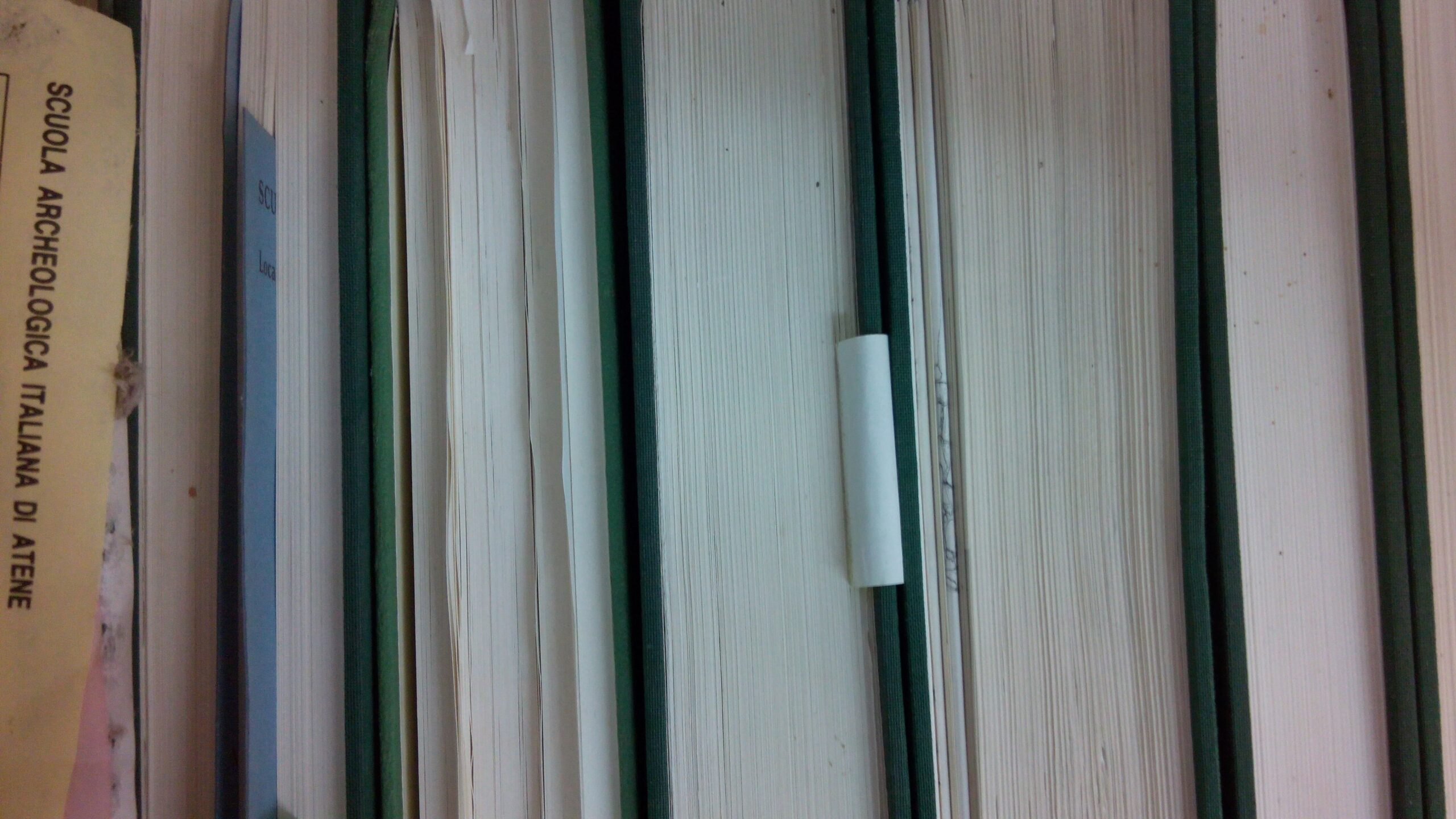10th July and our work here is underway. This year we’re working in three main directions: publication, publication, publication. At the current stage of the GQB research project there is little else we need to do, really.
The first publication we’re concerned with is a book about the water supply system of Gortys, that should go to press very soon and ideally provide a foundation for the understanding of how the city interacted with the chora (the rural hinterland, for the non-classicist) in Roman and Byzantine times. The work on this publication is one of final polishing, some ground-checking and especially production of illustrations – how good is a long monograph without illustrations that help readers in understanding the problems under examination, the hypothesis that is explored? Too often archaeological illustration ends up with highly descriptive and objective depictions of objects (either landscapes or single objects), like a repetition of what is written as text. As I write this post, I remember a short piece on this same topic from a few years ago.
The second publication is my direct concern and is filled with ceramic assemblages from the Early Byzantine contexts of Gortys. While the general outline of my PhD thesis is stable as it was defined years ago, it’s the details that always seem to escape being fixed on a digital page: what is the acceptable amount of detail about a single potsherd? How do we balance differences in archaeological value between ceramic finds from interesting versus uninteresting contexts? Much of the theoretical work I’ve been exploring is devoted to the definition of a “layered” approach to the study of ceramic finds, from the highly detailed analysis of potsherds as items inside stratified deposits (weight, proportions with respect to soil volume, sherd size, residuality etc.) to a more “anthro”-sized view of households as social consumption units. Again, it’s rather easy to fill a few hundred pages with academic nonsense on this topic (nonetheless, backed by extensive literature of both structuralist and post-structuralist tone), but I am looking for a clear, straightforward, “infographical” way to express those concepts, first of all to myself. So far I’ve been working with statistical plots for numerical variables at the stratigraphic layer. As I develop standardised views to be used in all data-driven chapters, I need to go back and look at the actual material, check if that clear-cut distinction between residual finds and in-phase finds is actually there to be seen. This publication is going to take some more time, but we’re seeing some light at the end of the tunnel.
The third publication, as of today, is the only one that is already available: GQBWiki. I presented it at CAA a few months ago with Alessandro Carabia, describing the steps we followed prior to opening it to the public under a CC-BY-SA license. If there is one thing I need to repeat from the presentation, it’s the 0-delay from creating content to making it globally available. On day 2, I took an opportunity to experiment at this with creating new content and linking a Zotero note about a traditional publication to a wiki page. The idea is that GQBWiki is the digital archive that acts as the foundation of the final GQB publication, but also works on its own as a continuously updated resource about the Early Byzantine city, or Early Byzantine Crete, or … as wide as old and new contributors will want.
·|·|·
From our rural location, political news from Athens sound as remote as a chronicle from Byzantine times, but at least there seems to be some hope. In the meantime, a law was approved giving Greek citizenship to migrants’ children: there is nothing like that in Italy.
We still have problems with the pump engine for water, but at least now we can shower. What a luxury!

Lascia un commento